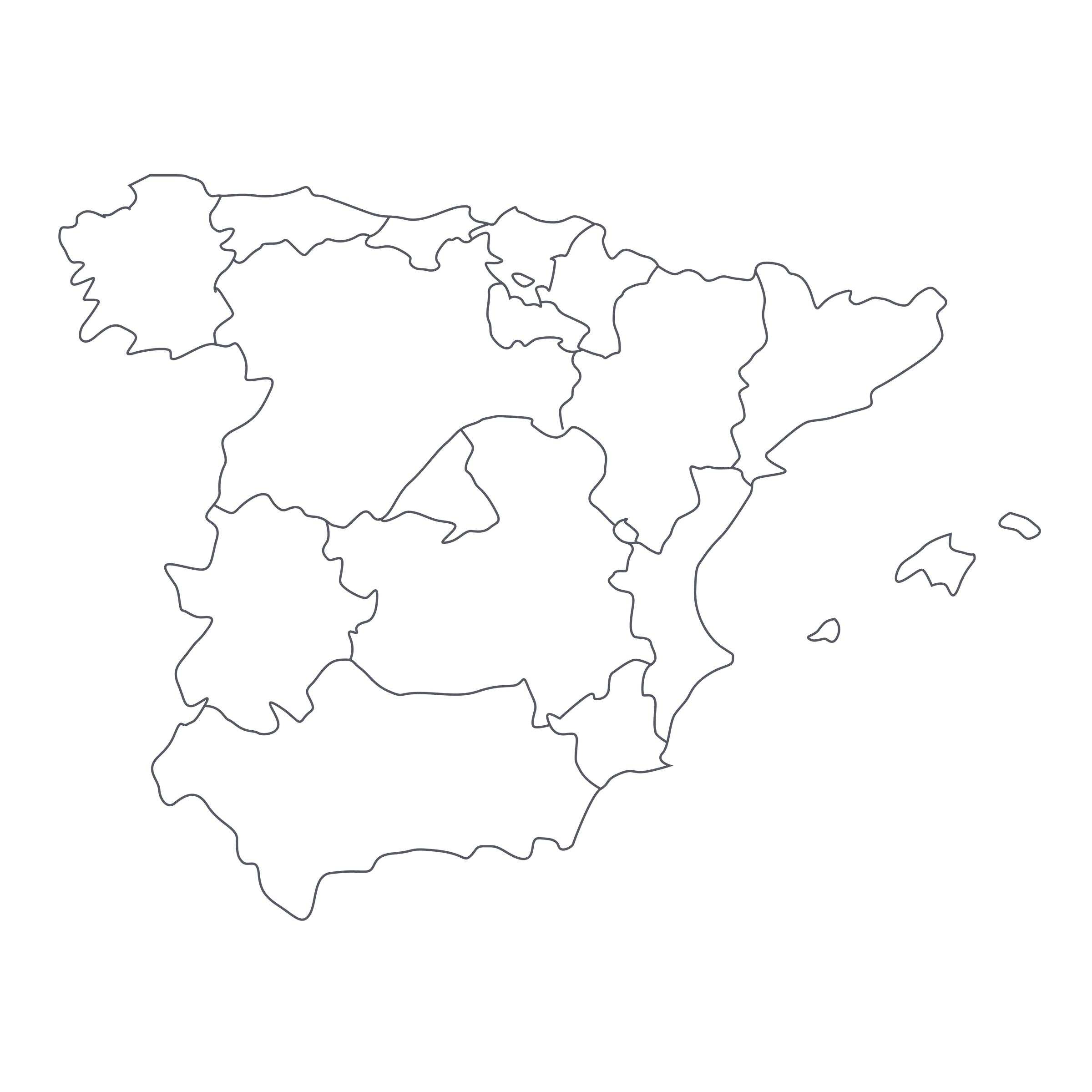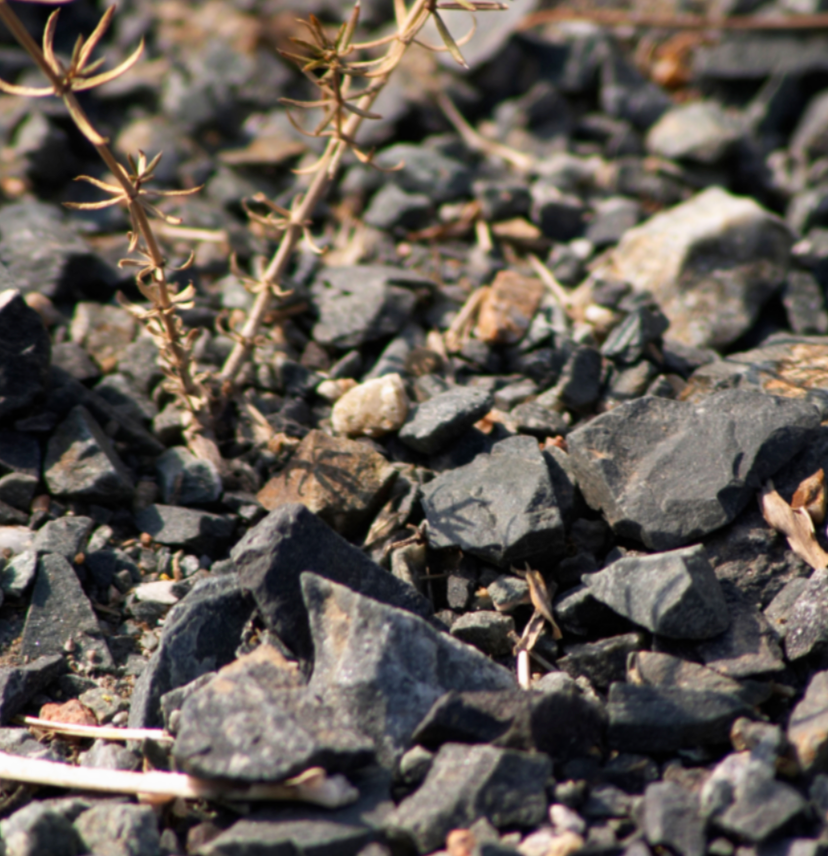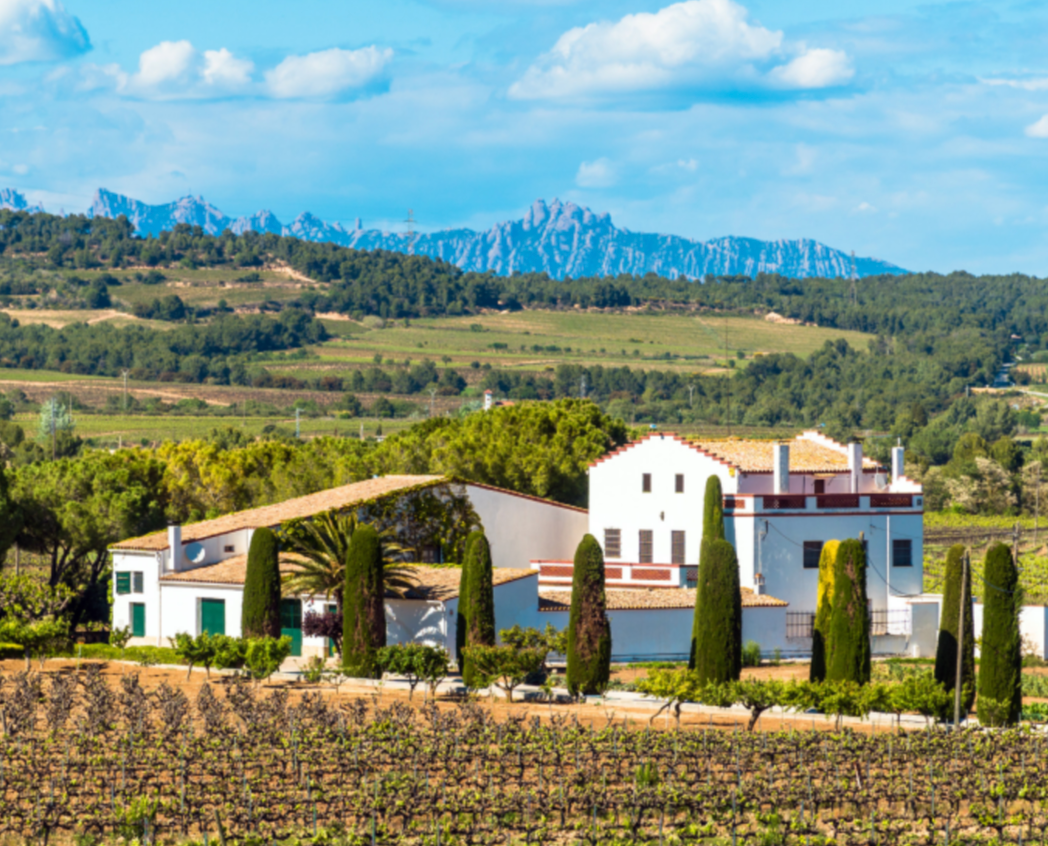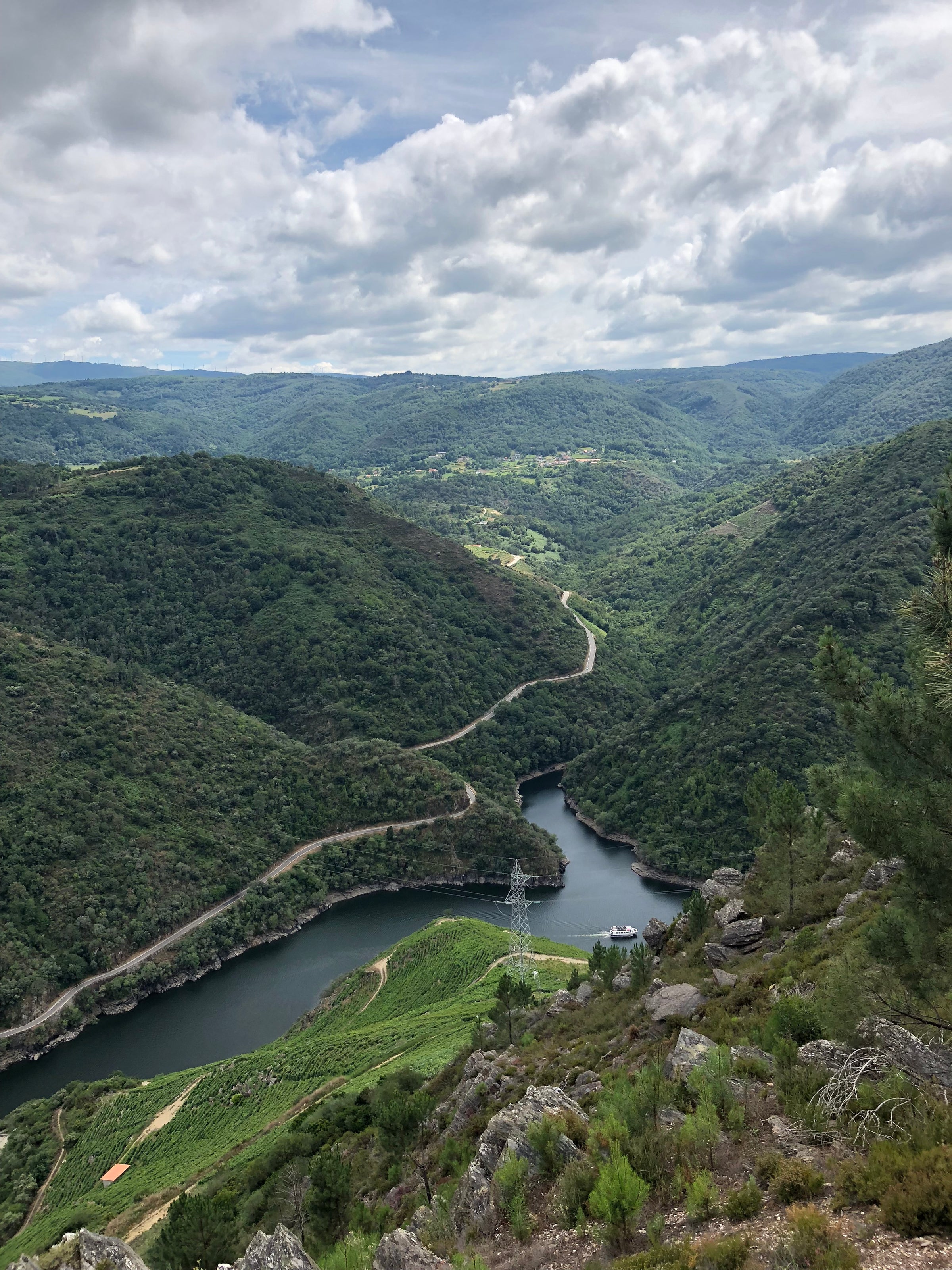We use the word “terroir” a lot, so I’m sure our subscribers have a good working definition of it, but if not, today’s Spanish white exemplifies everything the quintessentially French term means. Remember that it’s not just soil that shapes a wine’s style but the “total natural environment” of a vineyard. And when you sip today’s Bizkaiko Txakolina from Doniene Gorrondona, you immerse yourself fully in the total natural environment of Basque Country.
Not only is this 2019 a bottled evocation of the cool salt air and rocky soils of vineyards overlooking the Bay of Biscay, it’s a wine that says something about the individualistic, iconoclastic Basque culture. As anyone who’s visited San Sebastián or Bilbão knows, the país vasco doesn’t just have its own language but is one of the world’s greatest gastronomic destinations—not just a constellation of Michelin-starred restaurants but also the land of pintxo bars and asadors (grills) like the legendary Elkano, a veritable cathedral for lovers of fresh seafood. I still dream about the massive, slow-grilled turbot I had there a few years ago, and while I admit to sneaking a few white Burgundies into the program, the essential wine for this bucket-list experience was cool, refreshing, salty (and LOCAL) Txakoli. It was a master class in terroir, of the fish and the wine both, and while it’d be next to impossible to re-create that turbot at home, we’ve got the wine nailed thanks to Doniene Gorrondona. It won’t be long before this kind of crisp, lightning-bolt white is what you want to drink every night, so stock up now—the ‘party-size’ price makes it an easy call!
Almost perfectly due north of Madrid, on Spain’s Atlantic Coast (just southwest of San Sebastián), is Bilbão—home to Frank Gehry’s trippily designed Guggenheim and the Bizkaiko Txakoli DO (Denomination of Origin). This appellation is one of a handful of Txakoli-producing zones scattered along Spain’s north coast, where the array of indigenous grapes is headlined by Hondarribi Zuri (white) and Hondarribi Beltza. Vineyard cultivation around Bilbão nearly disappeared altogether thanks to a combination of phylloxera at the end of the 19th century and urban sprawl during the 20th, but in 1994 the DO was officially codified and resurrected—thanks to a few diehard locals, including Doniene Gorrondona.
rn
Located in the seaside village of Bakio, and centered around a farmhouse and winery first constructed in 1852, Doniene Gorrondona was founded by winemaker Itziar Insausti and journalist Andoni Sarratea. They sustainably farm 16 hectares of vineyards, most of which are planted to white varieties, although they are also known as one of the few holdouts still devoted to Hondarribi Beltza and other native reds. The Bakio Valley is surrounded by mountains to the west, south, and east, with vineyards effectively wedged between lush green forests and the Atlantic Ocean. Soils are a mix of clay and sand over slate, and the vines are trained in a high “pergola” style to allow for adequate air circulation in the damp climate.
rn
Today’s 2019 is visceral, elemental, transparent white wine, fermented on ambient yeasts in stainless steel and typically bottled early in the year following the harvest. There is a hint of effervescence that dissipates with time open, something the folks in Basque Country accelerate by pouring the wine from the signature long-spouted pitcher known as a porrón. Whether you go the porrón route does not matter—what matters is that you get this in your glass with whatever fresh seafood suits you best. In the glass, it’s a pale straw-gold with green highlights with aromas of tart green apple, white peach, salted lemon, wild mountain herbs, sea salt, and wet slate. It is light-bodied and racy on the palate, with some florals and a nice squeeze of citrus complementing the savory “sea spray” character. It’s meant for drinking now and often, so chill it to about 45 degrees, grab some all-purpose stems, and maybe even enjoy a few glasses while you’re fishing for something to pair with it. We’ve included a Basque-style recipe for maximum effect. Do not pass this one up!







